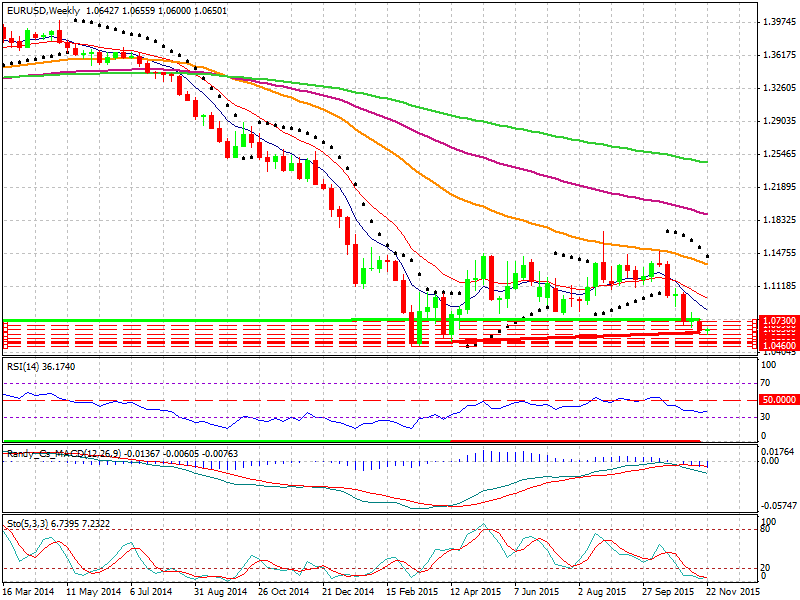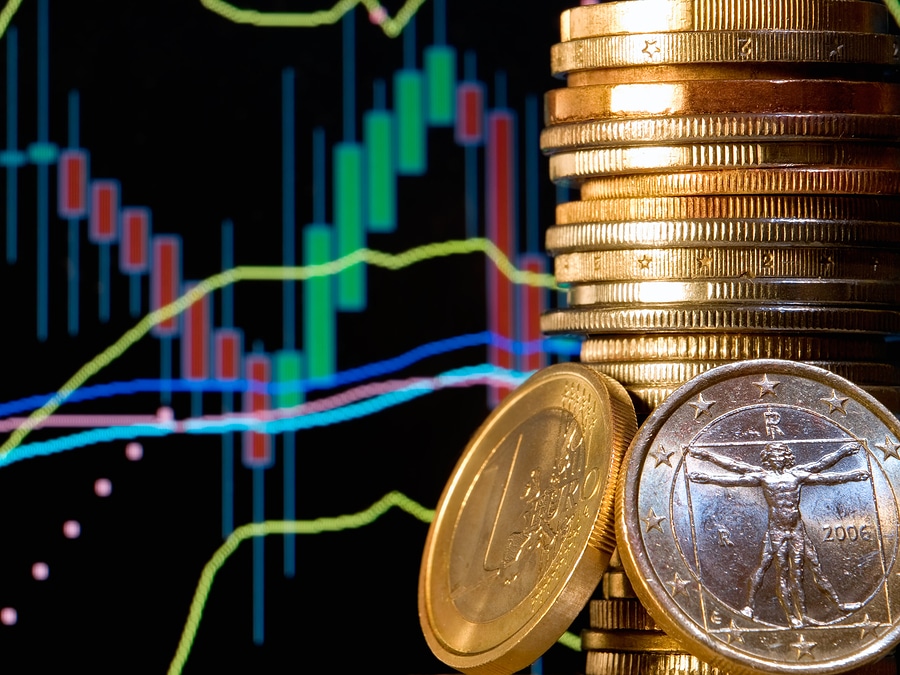Differing Policies

Arjun Lakhanpal
Moving into the final part of 2015, the divergences in the measures of the world's central banks are going to be the main themes ahead of their key meetings in December. Nearly seven years after the previous rate cut, the Federal Open Market Committee (FOMC) is ultimately preparing the markets for a lift-off, while the European Central Bank (ECB), Chinese and Japanese central banks are considering more easing policies to help sustain their respective financial systems.
The latest U.S. jobs data satisfies the Fed's conditions for pushing interest rates and the strong prospect of tightening next month should continue the greenback's advance over the next few weeks. Interest rate futures point to a 66 percent possibility that the Fed will increase rates at its December 16-17 meeting, placing the policy divergences between it and other big central banks at centre stage.
All G10 central banks with the exception of the Bank of England (BoE) and the Fed have cut interest rates or sustained a QE agenda. So the best way to trade the FX pairs into year-end is to ride the monetary divergence wave. The best currencies to buy the dollar against are the ones whose central banks are open to the proposal of extending stimulus in the upcoming months. This includes currencies such as the euro, Canadian dollar, New Zealand dollar, Norwegian krone, Swedish krona, and the Chinese yuan. The Japanese yen and Australian dollar could be included in this basket because their data has been weak but these central banks have been unwilling to confirm the market's acceptance that they should ease.
The most popular trade is selling EUR/USD because the ECB has been taking every opportunity to insinuate that stimulus could be increased this month and the Fed has done the exact opposite. This week’s move took EUR/USD beyond its previous multi-month low 1.0595 and as denoted in the chart below, there is no support for the currency pair until 1.0520, the April low. We know that there will be major support at 1.05 and 1.0460, the 12 year lows but past that, there is no major support until parity.

(Source: Arjun Lakhanpal’s EURUSD Chart from my MT4 Platform)
Against this backdrop, the USD is likely to extend its rally in the coming months, particularly against the EUR, as the ECB is still in easing mode. Unless ECB bureaucrats back away from their call for more stimulus, EUR/USD could test 1.05 in the upcoming weeks as traders position for easing from the ECB and tightening from the Fed. While the path of the USD is broadly shared, the length of the rally and the conviction about the direction are highly disputed as we still do not know if the Fed plans to continue with a rate hike.
This article was written by Arjun Lakhanpal
ABOUT THE AUTHOR: I am currently an FX Trader and Financial Market Analyst at SAVI Trading, which requires daily technical analysis on all the major FX pairs whilst looking at equity, bond and commodity space for correlations and overall market sentiment. My trading style looks to incorporate fundamental analysis with technical to identify strong trends and/or reversal signals in the market. I detail entry, stop and targets to ensure the trade set up is clear.

















